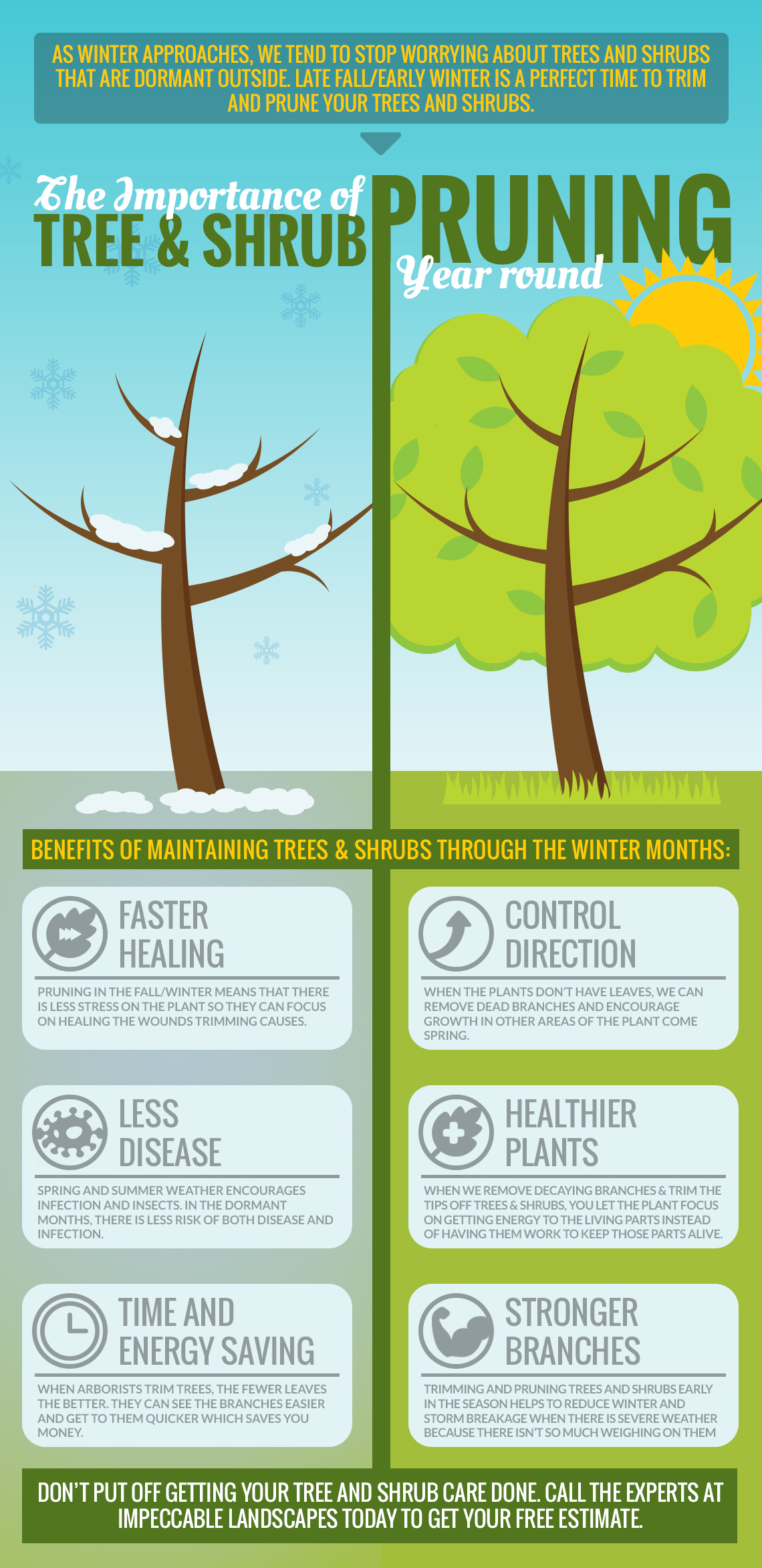Post-Tree Elimination Care Is Essential For Landscape Remediation; Find Crucial Actions To Invigorate Your Area And Prevent Future Problems
Post-Tree Elimination Care Is Essential For Landscape Remediation; Find Crucial Actions To Invigorate Your Area And Prevent Future Problems
Blog Article
Web Content Writer-Berman Deal
After a tree's removal, your landscape might look quite different, and it's vital to assess the aftermath meticulously. You'll wish to review the soil disruption and check surrounding plants for any signs of stress and anxiety. Disregarding these factors can result in bigger problems down the line. So, what should you make with those stumps and roots? And exactly how do you select the most effective plants for your rejuvenated room? Let's discover these important steps.
Assessing the Aftermath: Assessing Your Landscape
After a tree removal, it's crucial to assess your landscape to recognize the impact it carries your backyard.
Begin by checking out the location where the tree stood. Look for indications of dirt disruption, and check the surrounding plants for any kind of tension or damage.
You should additionally make note of just how the elimination has changed sunlight exposure and air movement in your garden. This change can influence the development of close-by plants, so it's essential to evaluate their health and wellness.
Take into consideration the visual facets too; the removal may produce an open space that you can revamp.
Ultimately, think about any kind of potential disintegration problems that could arise from the tree's lack. Attending to these variables early will help bring back balance to your landscape.
Handling Stumps and Origins: Choices for Elimination
As soon as you've evaluated the results of the tree elimination, you'll likely need to take on the stump and origins left.
You have a few options for removal. One efficient method is stump grinding, where an expert uses a machine to grind the stump to underground degree. This strategy leaves marginal disturbance to your landscape.
If you choose a do it yourself method, you can make use of a combination of digging and chemical stump eliminators. Just remember, this procedure can take time and initiative.
Conversely, think about leaving the stump as a natural function, which can act as a special yard element or environment for wild animals.
Whatever you select, attending to the stump and origins is vital for recovering your landscape.
Picking the Right Plants for Your New Room
As you assess your newly removed space, picking the right plants can significantly boost your landscape's appeal and functionality.
Beginning by considering the sunshine and dirt problems. For sunny locations, select drought-resistant plants like lavender or succulents. In shaded spots, ferns and hostas thrive well.
Think about the size and development routines of your plants; mix perennials and annuals for seasonal variety. Do not forget to include https://docs.google.com/spreadsheets/d/1OgLHXb61JLlm4VHcs46YNRymANtQ8nZ6JUkrTiCPy4Y/edit?usp=sharing require much less maintenance and support local wild animals.
Group plants in weird numbers for an extra natural look and produce layers for visual deepness.
Lastly, ensure you have a mix of shades and structures to maintain your landscape vivid throughout the seasons.
Satisfied planting!
Verdict
To conclude, recovering your landscape after tree elimination is a fulfilling process. By analyzing the consequences, dealing with stumps and origins, and selecting the right plants, you'll produce a growing atmosphere. Do not neglect to include erosion control steps to secure your dirt. With a little effort and care, you can transform your space into a vibrant garden that enhances your home. Embrace the chance to invigorate your landscape and enjoy the appeal of nature right in your backyard!
